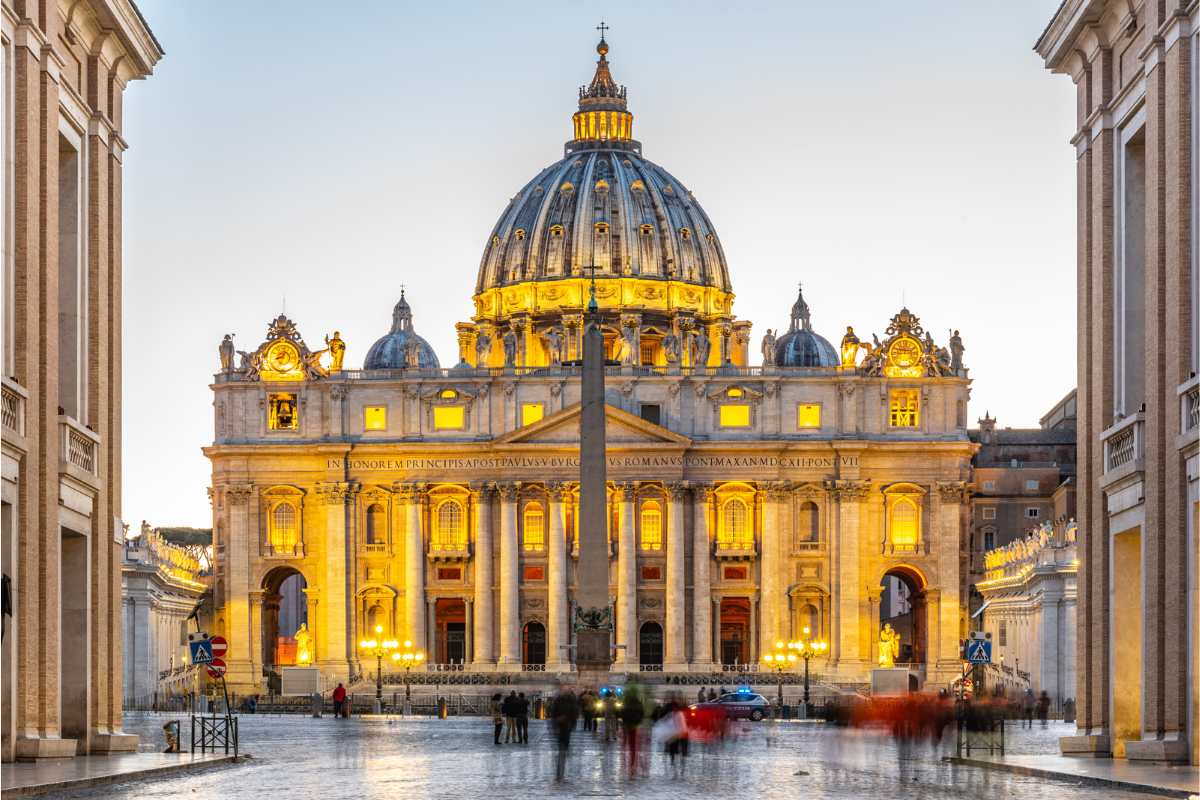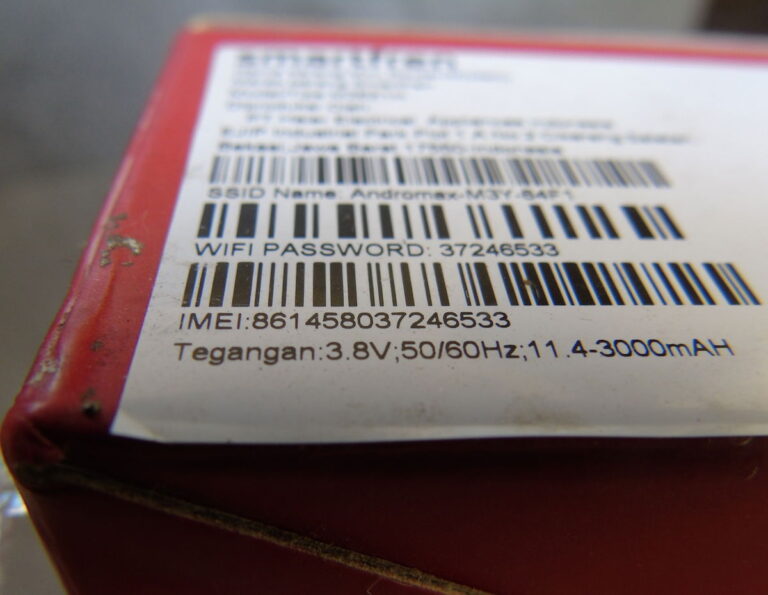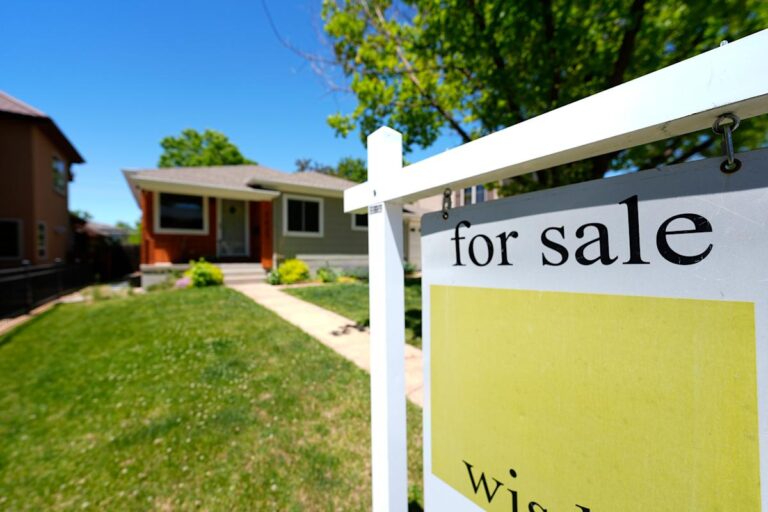
Vatican City now runs fully on solar power. Credit: Petr Polak
Most people would not expect the world’s smallest country, with fewer than 1,000 residents, to lead the global energy conversation. In 2025, the Vatican City flipped the switch on something much bigger than its size. A full transition to solar power. So from now on, the seat of the Catholic Church runs almost entirely on clean energy; it is a powerful moment, not in policy, but in principle. This echoes Pope Francis ‘ long-standing views on environmental stewardship and climate responsibility. This is not just about rooftop panels; it’s about how science, sustainability, and faith can coexist and set the pace for the rest of the world to follow.
Vatican City is powered by solar.
On May 29, 2025, the Vatican City officially transitioned to solar power, marking a significant shift in the European energy landscape. The heart of this change is located at Santa Maria di Galeria, a former Vatican Radio site that has been transformed into a solar energy hub. This project was carried out by ACEA, an Italian utility company, which installed systems to meet all of the Vatican’s energy demands.
What makes this significant is not the size, but that Vatican City is only 0.49km², and there was no loud campaign, no press tour, just action set in stone and implemented. A sovereign state deeply rooted in tradition has adopted one of the most forward-looking energy transitions.
The Pope’s climate crusade
The Vatican’s solar shift is a culmination of a political and spiritual mission years in the making. In 2024, the late Pope Francis issued an apostolic letter ordering the construction of an agrivoltaic solar plant to supply the Vatican with energy from Santa Maria di Galeria. On the same site, the new solar infrastructure now stands.
By May 29th, 2025, that vision was fulfilled, and the Vatican City became one of the only fully solar-powered states in the world, setting a clear precedent on how belief and sustainability can align.
And more than panels, in 2023, the Vatican announced it would get over 40 electric vehicles from Volkswagen to create a fully carbon-neutral fleet by 2030. It’s a comprehensive push, not just for energy independence but a practice to achieve efficiency, viability, and sustainability even at a national level.
Why this matters
While larger nations struggle to meet emission targets or delay the green investments, the Vatican has shown, with proper leadership, clear decisions, followed by quiet action. Meanwhile, across Europe, the countries still trail behind in solar adoption. In Norway, electric vehicles (EVs) already outnumber petrol cars, and in Spain, thousands of EV chargers have been built but remain unused.
If the smallest country on Earth can go completely solar, what is stopping the rest of the EU?. The next time someone says climate action is too complex, too expensive, or too slow, just point to the city of saints and sunlight. Because this time, the light really did come from above.







